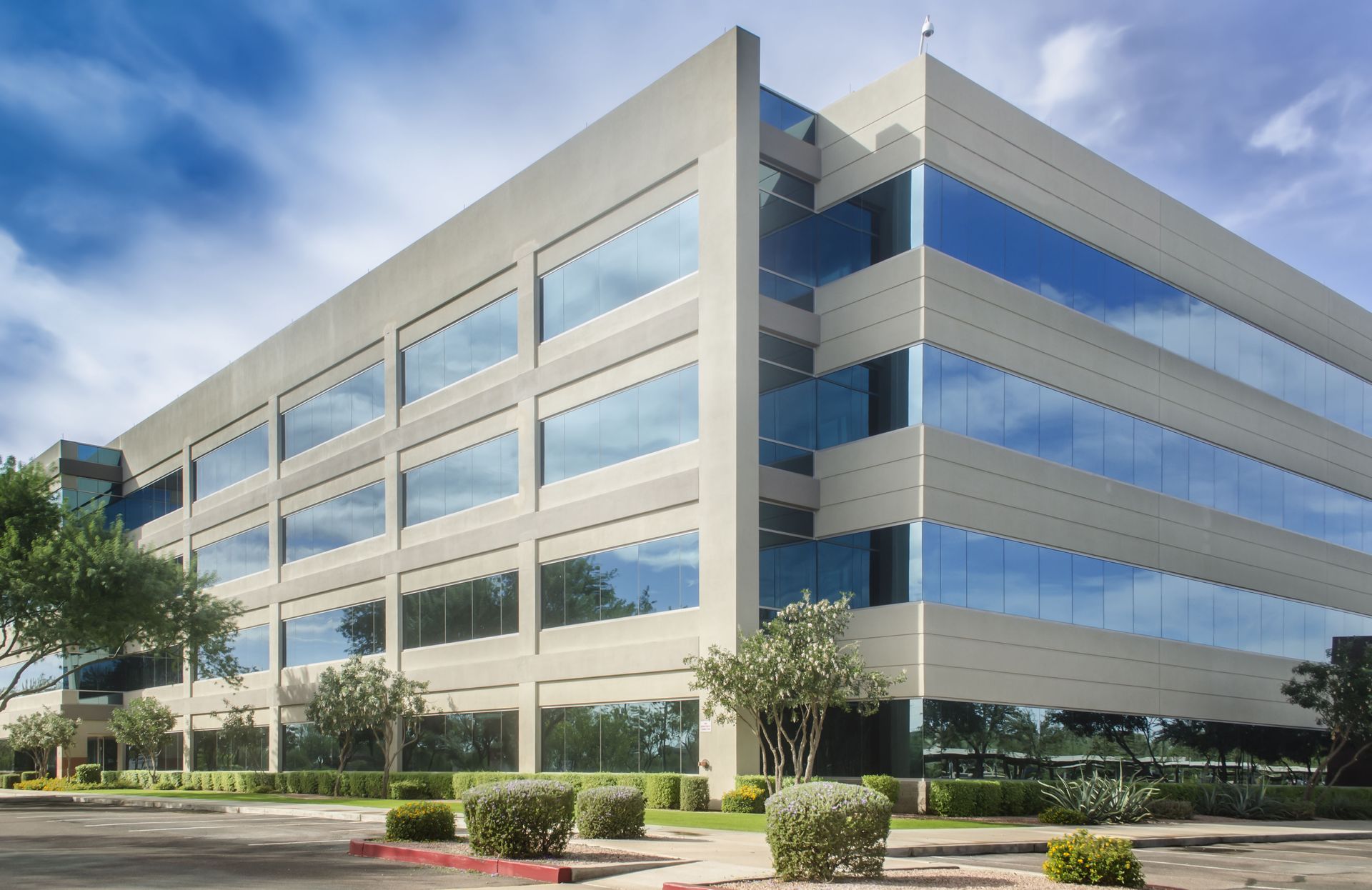Commercial Construction Management: What's the Outlook for This Year?
The commercial construction industry has long been a cornerstone of economic development, driving growth and innovation. At the midpoint of 2025, the landscape of commercial construction management presents a mix of challenges and opportunities, shaped by emerging technologies, changing regulations, and evolving consumer demands. Understanding the prospective trends and potential disruptions is crucial for stakeholders aiming to thrive in this dynamic environment.
The Impact of Advanced Technologies on Commercial Construction
One significant trend influencing the construction sector is the adoption of advanced technologies, such as Building Information Modeling (BIM). These technologies are transforming how projects are planned and executed, enabling better resource management and improved accuracy in project delivery. As these technologies continue to evolve, construction managers must adapt and integrate them into their practices to remain competitive and improve efficiencies across the board.
The Rise of Sustainability and Green Building Practices
Furthermore, sustainability and green building practices are becoming integral to commercial construction management. Increasing awareness of climate change and environmental impact has resulted in a demand for eco-friendly building solutions. Regulations are tightening, and there's a growing emphasis on achieving energy efficiency and reducing carbon footprints. As a result, construction managers must be well-versed in sustainable practices and ready to implement innovative solutions that align with these objectives. According to Census.gov, construction spending during October 2024 was estimated at a seasonally adjusted annual rate of $2,174 billion, indicating a robust investment in infrastructure and commercial developments that prioritize sustainability.
The Impact of Labor Shortages on Workforce Development
Labor shortages remain a significant challenge in the construction industry, with skilled trades becoming increasingly hard to find. This shortage necessitates strategic planning in workforce development, focusing on training and retaining skilled labor to meet the demands of ongoing and future projects. Emphasizing education and apprenticeships can help address this issue, ensuring that the industry has a reliable pipeline of skilled workers capable of handling new technologies and sustainable practices.
The outlook for commercial construction management in the latter half of 2025 is promising, yet complex. By embracing technological advancements, prioritizing sustainable practices, and addressing labor shortages, the industry is poised to not only tackle potential challenges but also capitalize on growth opportunities. As the sector continues to evolve, forward-thinking strategies will be instrumental in ensuring sustained success and resilience in an ever-changing global landscape. If you're in need of a reliable commercial construction management company, call Morgan Construction Company, Inc today!







Share On: